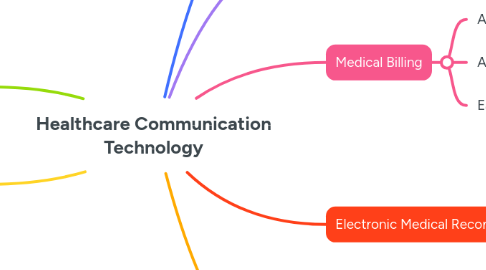Healthcare Communication Technology
por Phil J. Dashnaw


1. Telemedicine/Telehealth
1.1. Electronic information and telecommunications technologies support and promote long-distance clinical health care, patient and professional health-related education, public health, and administration.
1.2. Remote monitoring and improving ongoing health issues, such as medication changes or chronic health conditions.
2. Personal Health Records (PHRs, Patient Portals)
2.1. Electronic application through which patients can maintain and manage their health information in a private, secure, and confidential environment.
2.2. PHRs can include anything that helps you and your doctors manage your health:
2.2.1. Allergies, medications, illnesses, surgeries, Chronic health problems, advance directives, Family history, Immunization history, Health goals
3. Privacy and Security (Cybersecurity)
3.1. The HIT environment also poses new challenges and opportunities for protecting individually identifiable health information.
3.2. HIPAA: Patient access to health records
4. Clinical Decision Support
4.1. Provides knowledge and person-specific information filtered and presented appropriately to enhance health and health care.
4.2. It encompasses a variety of tools to improve decision-making in the clinical workflow.
4.2.1. These tools include automatic alerts and reminders to care providers and patients; clinical guidelines; condition-specific order sets; focused patient data reports and summaries; documentation templates; diagnostic support, and contextually relevant reference information, among other tools.
